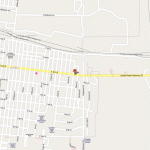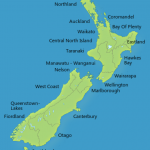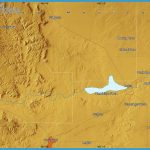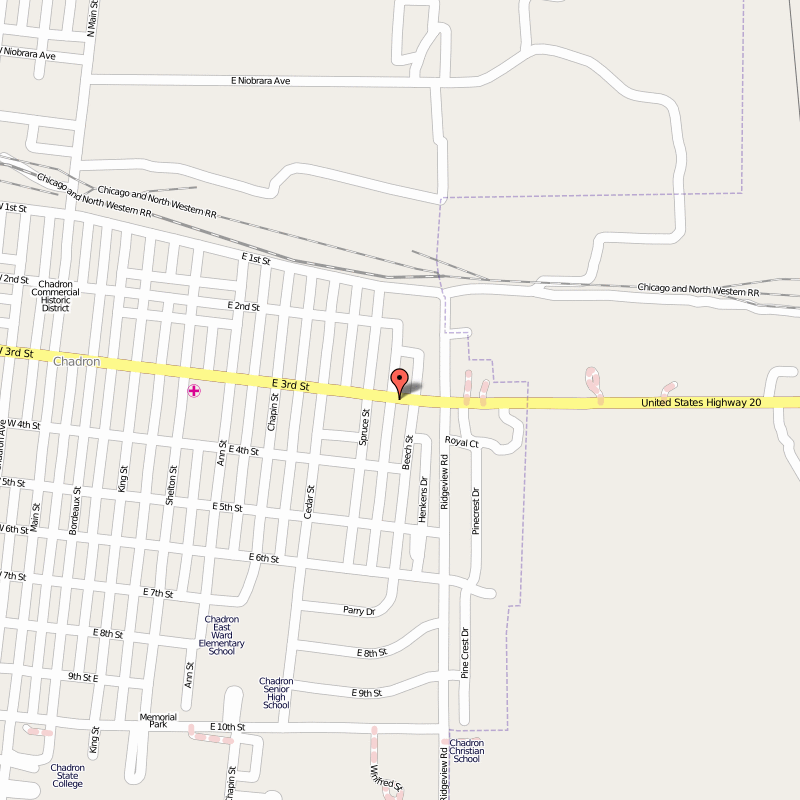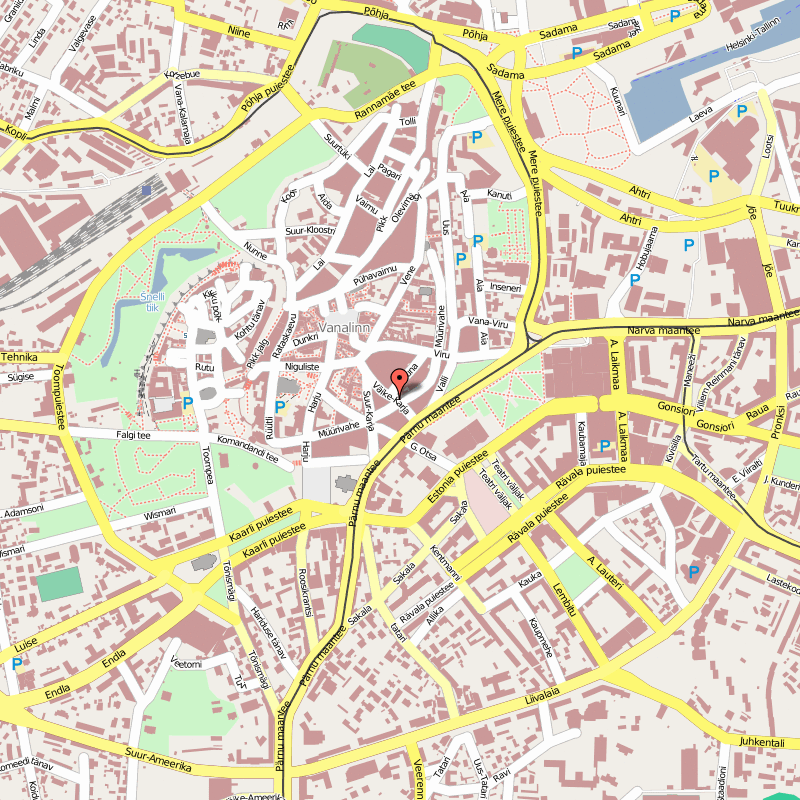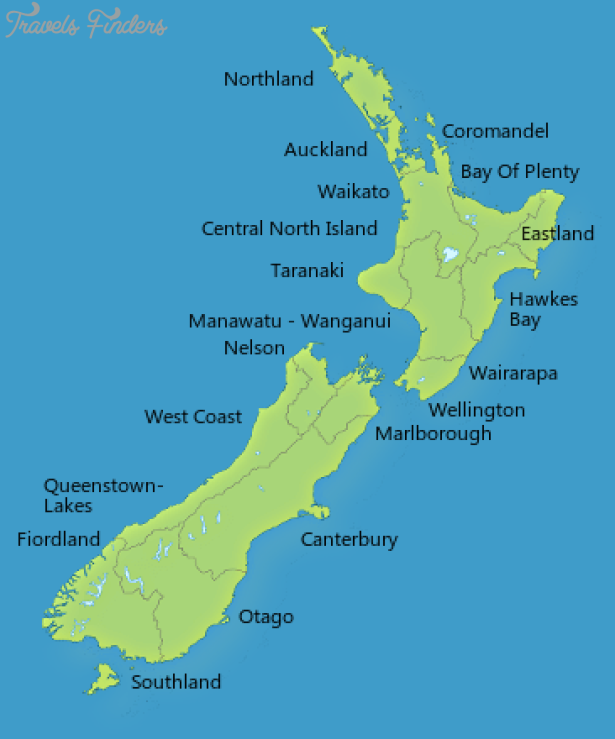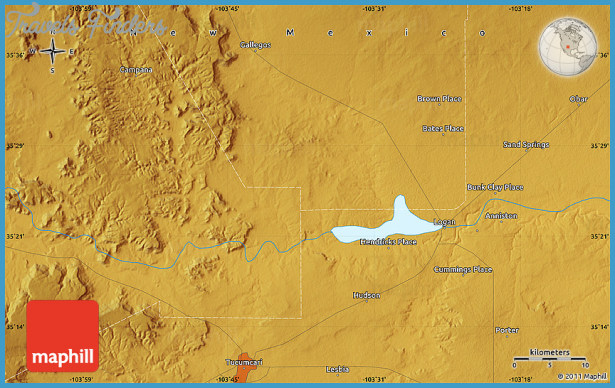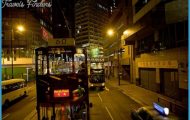AN OSPREY NEST TOWERS ABOVE THE BLACKFOOT RIVER ON A DEAD PINE TREE Lincoln has the usual assortment of convenience stores, saloons, motels, and short-order cafes with burgers, but one standout is the Hi-Country Trading Post (406-362-4203) two miles west of town on MT 200. The trading post is an expansive log building with room to roam amid trophy mounts, shelves of souvenirs, regional books and art, and made-in-Montana flavors such as wild-game seasonings, jams, jellies, fudge and, of course, all things huckleberry. The store is a neighbor to Hi-Country Snack Foods Inc. which began in 1976 as a modest producer of jerky made from wild game. Rapid growth has led to a 28,000-square-foot operation that’s one of the county’s top employers. The trading post also serves as the official finish line for the Montana Race to the Sky.
From Lincoln, the ascent toward Rogers Pass becomes more pronounced. Rogers sits at a modest 5,610 feet on the Continental Divide, but there was nothing modest about January 20, 1954, when at a nearby gold camp the mercury registered minus-70 degrees the coldest temperature ever recorded in the United States outside of Alaska. It’s possible that it was actually colder, but the gauge at the camp stopped working once the temperature eclipsed its low point. The gauge monitor, a fellow named H.M. Kleinschmidt, was actually awakened in the night by the sound of cabin timbers popping from the cold. The same westerly winds that can make Rogers wickedly cold also make the area a draw for raptors, most notably golden eagles. Every spring and fall, eagles and thirteen other avian species ride the thermals on their annual migrations north and south. Birders come from all over the nation to get remarkably close glimpses of hundreds of golden and bald eagles. The sign for the viewing site is about nine miles east of Rogers Pass on MT 200.
After the viewing area, MT 200 descends onto the undulating Rocky Mountain Front where you can take MT 434 across ranchlands south to Wolf Creek or north to Augusta, or continue on to the end of the Blackfoot route at the junction of US 287 at Bowman’s Corner.
Best Places to Bunk
Ovando: Mike and Liz Raymond’s Ovando Inn ($$, 406-793-5555) has six rooms atop a country store in a century-old building that long ago was the Cooper Hotel and Elkhorn Bar. Each room, named after a key figure in Blackfoot Valley history, features a private bath and is decorated with furnishings and art that reflect the area’s history.
Greenough: The Paws Up Resort ($$$$, 406-244-5200) is the swankiest lodging for many miles in any direction, one of those all-inclusive settings in the pines where you can come for a day, week, or longer, and never leave because all you need is on site. There are twenty-eight luxury cabins and another thirty one- and two-bedroom tents with bathrooms, showers, and heated floors fit for generals or kings. More befitting the classic Montana experience is the 4,000-acre E Bar L Ranch ($$$$, 406-244-5571), where a conservation ethic took root under first owner Bill Potter nearly a century ago. The E Bar L has a lodge for dining and communing, and a collection of cabins that look as if they were plucked straight from a hunting camp.
The Big Blackfoot: Where all things merge into one’
In parts of southwest Montana most notably Bozeman, Livingston, and Missoula it is often referred to simply as The Movie. Though the state has been a picturesque stage for dozens of films, none has been so transformative as A River Runs Through It, director Robert Redford’s adaptation of the 1976 novella penned late in life by Missoula native Norman Maclean, who wrote eloquently about family, fly fishing, and living at the junction of two great trout rivers in Missoula, Montana in the early 20th century.
Expectations were modest in 1992 upon release of the film, starring Tom Skerritt as a flyfishing Presbyterian minister presiding over a family in which his sons, Norman (Craig Sheffer) and Paul (Brad Pitt), saw no clear line between religion and fly fishing.
Yet A River Runs Through It resonated because of its artistic meshing of family tragedy, the grace of fly fishing, commitment to Maclean’s poetic writing, and cinematography so
Engrossing it won an Academy Award. The result was a migration boom to the region that continues to this day. Tens of thousands of fishermen and women came to southwest Montana brandishing fly rods and waders, a yearning to connect with a simpler era on unspoiled landscapes, and wallets overflowing with cash for the purchase of trophy log homes. The flyfishing industry grew by sixty percent in 1992 and 1993 as flotillas of boats jammed the Blackfoot, Madison, and Yellowstone Rivers, among others.
Because the Macleans’ family river, the Blackfoot, was so despoiled by mining, logging, and agriculture by the late 1980s, most of the film’s locations were on the Gallatin River south of Bozeman, on the Yellowstone River in and around Livingston, and at places in the Boulder River valley still relatively unscarred.
Thus, trophy homes sprouted up from the Paradise Valley south of Livingston to Big Sky and the Bitterroot Valley south of Missoula. Bozeman’s evolution from a college cow town to the trendy, vibrant place it is today likely was inevitable, but The Movie certainly hastened its dramatic shift to a persona that some old-timers derisively refer to as Boz-Angeles.
On the flip side, The Movie also helped with the restoration of the Blackfoot, which has improved significantly as a fishery in the past two decades. It also helped defeat a proposed mine at the river’s headwaters.
Many of the movie’s landmarks still stand in the Bozeman area: The ocher grain elevator where a fistfight took place, the courthouse, and, of course, the giant boulder in the Gallatin atop which a fisherman, his fly rod and line uncoiling with artistic perfection, graces the film’s poster. In Missoula, visitors sign up for tours of the Blackfoot so they can explore the cabin the Rev. John Maclean built at Seeley Lake, see and smell the family’s cherished river, and be haunted by waters. A literary festival in his honor debuted in the summer of 2015 in Seeley Lake and a second is set for 2017.
Maclean died in 1990, two years before the film’s release and well before he could see results that no doubt would have spawned mixed feelings. Meanwhile, Redford, a devout conservationist, was so chastened by the impact A River Runs Through It had on western Montana that when he returned six years later to film The Horse Whisperer on the Boulder River, he intentionally omitted locations in the credits.
When I am alone in the half-light of the canyon, all existence fades to a being with my soul and memories and the sounds of the Big Blackfoot River and a four-count rhythm and the hope that a fish will rise, Maclean wrote as a prelude to the words every fly fisher has committed to heart: Eventually, all things merge into one. And a river runs through it.
Lincoln: The Hotel Lincoln ($/$$, 406-362-4822), a landmark with a colorful history dating to the area’s gold-rush days of the 1870s, has had a checkered saga carrying into the 21st century. This vast log structure, with twenty-two rooms and a bathroom on each floor, was built by Leonard Lambkin in 1928. Over time, bathrooms were added to rooms and updates continued until 1999, when the total number of rooms was reduced to fourteen. It has been an open-and-shut business, reopened under new local management in 2015 with grand visions. The rooms are tiny but have attractive rustic western accents, and there’s a restaurant with outdoor seating (May-Sept.) overlooking Spring Creek. If you’re into the paranormal, ask to stay in Room 17.

